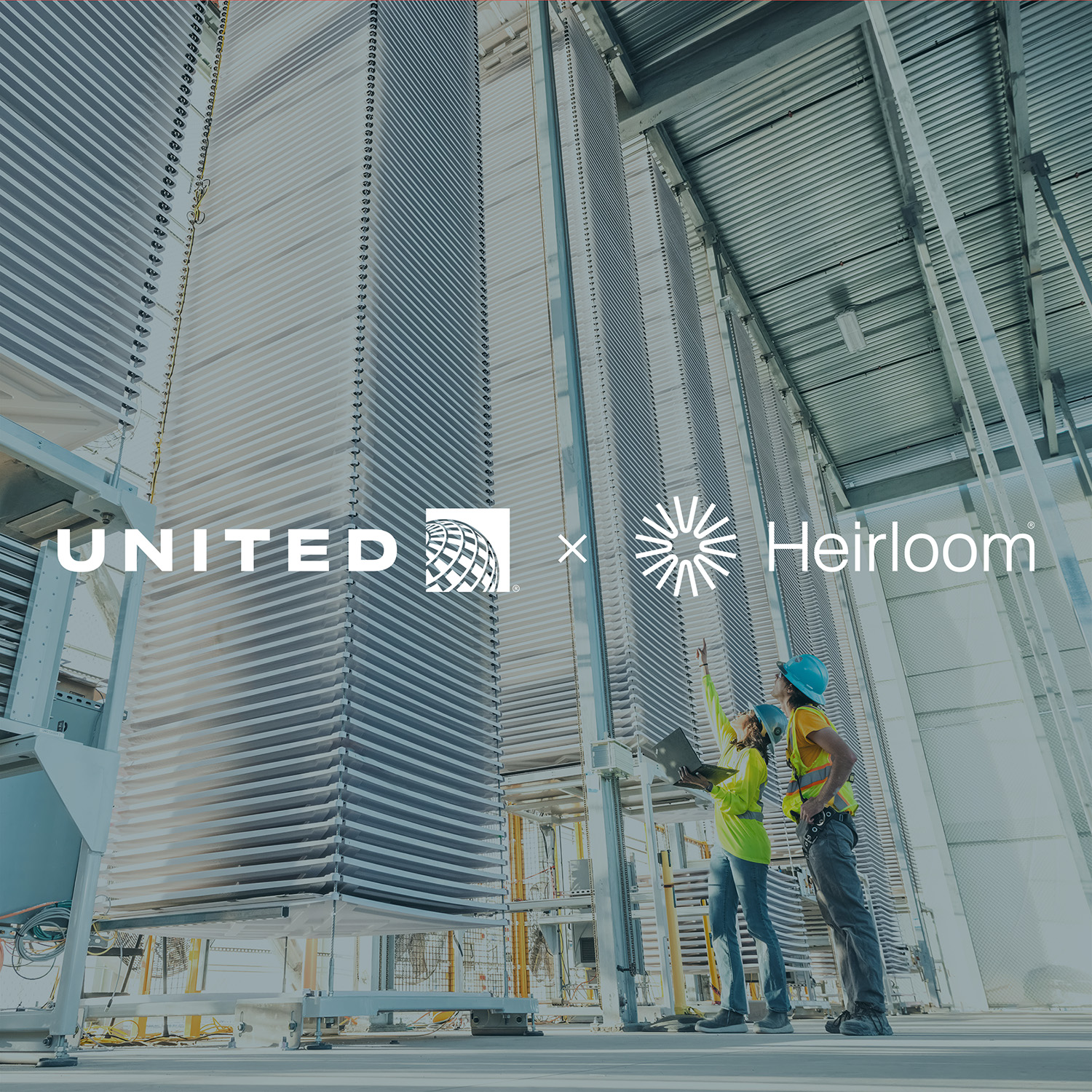Where should we permanently store carbon dioxide removed from the atmosphere?
One of the most common questions we get asked is: where do you store the CO2 you capture from the atmosphere from our Direct Air Capture facilities so that it doesn’t go back up into the sky?
In the carbon cycle, CO2 naturally flows between the atmosphere (air), biosphere (living things) and hydrosphere (oceans) over relatively short timescales. CO2 is turned to plant-matter via photosynthesis, sent back into the atmosphere with each breath, and exchanged between air and water at the ocean surface. On geologic time scales — millions of years — carbon makes its way into rock and fossils deep underground (the geosphere).

Human activities of the past 150 years have severely disrupted the cycle’s rhythm by rapidly unleashing vast amounts of carbon from underground reservoirs into the atmosphere. To restore carbon cycle balance, we must permanently remove this excess CO2 from the atmosphere and safely lock it away.
Many new ways of using captured atmospheric CO2 have sprung up over the past decade. It can be incorporated into the production of:
- Chemicals and fuels: While an important piece of the puzzle — mainly by way of displacing fossil fuels from chemical supply chains — many of the products do not remove CO2 from the atmosphere on the timescale needed to address climate change. Fuels are designed to combust, chemical products inevitably degrade, and the carbon is resultantly released back into the atmosphere as CO2.
- Building materials: We’re excited about the work being done by CarbonCure and BluePlanet to sequester CO2 in concrete — although this market is still not large enough to use all of the CO2 we need to capture from the atmosphere.
There is only one location big enough to permanently store the 6–10 billion tons of CO2 the world needs to be capturing from the atmosphere each year by 2050 to mitigate the worst impacts of climate change — and that’s deep underground in geological reservoirs. There’s 506 billion tons of accessible pore space for permanent CO2 storage in the US alone — more than enough for us to mitigate the worst of climate change over the next few centuries.
Digging deeper into wells
In the US, the Environmental Protection Agency (EPA) has created a category of wells specifically for CO2 storage — known as Class VI wells. The EPA sets stringent permitting and monitoring requirements to ensure that these wells are safe and protect underground sources of drinking water.
Underground CO2 storage is a long-standing practice that is very well understood. Since the early 1970s, CO2 has been stored in wells, and then injected into oil-bearing formations to recover residual oil and natural gas. The EPA permits and regulates these oil and gas injection wells (known as Class II wells), and there are currently over 180,000 active today in the US. It is important to note that Heirloom strongly believes in a future powered by renewables, and so no CO2 we capture will ever be used for enhanced oil recovery.
Aside from Class II wells, a number of monitoring technologies and advanced modeling techniques have proven highly effective at de-risking permanent CO2 storage projects across various geological conditions and environments around the world.
In the US, research gathered by the Illinois Basin-Decatur Project — a project funded by the U.S. Department of Energy — National Energy Technology Laboratory — showed that CO2 can be safely and securely stored underground at commercial scale. From 2011–2014, ~1 million metric tons of CO2 were sequestered into a saline reservoir in Decatur, Illinois and rigorous post-injection monitoring was conducted over a decade to demonstrate safe and effective storage. In Norway, 20 years worth of monitoring data have been accumulated at the Sleipner CO2 injection site, with all injected CO2 still remaining locked underground. Additionally, Europe-based project ENOS demonstrated the safety, operability, and impact of geological storage at several sites in Italy, Spain, and the UK.
Scientists and engineers have developed additional innovative methods for permanent geologic storage. Heirloom’s XPRIZE partner Carbfix has developed a process whereby CO2 is injected alongside water into carefully selected rock formations to form solid carbonate minerals.
The future of Class VI wells
The legacy of oil and gas drilling has left communities concerned about the impact of new wells on the health and safety of their communities and natural environment. Environmental justice must be an integral part of the future of Class VI well siting and development. All people regardless of race, color, national origin, or income have the right to shape the future of carbon removal. Early and consistent stakeholder engagement and input will empower communities and set the future of Class VI wells up for success.
Heirloom will look to partner with companies that have decades of experience in well development and CO2 injection. Today, most of that expertise lies in the oil and gas sector, but we hope that in time, new developers without connections to extractive industries will enter onto the landscape. We will advocate for policies and incentives that will bring about this change in the ecosystem.
Well-selected and well-managed geological storage sites that are designed with community input will put us on a path towards a truly just and equitable climate future.
Well then, what’s next?
When it comes to geologic storage, the sky (or, the rock) is the limit! Geologic sequestration offers a safe, permanent, and viable solution to store the vast quantities of CO2 required to limit global temperature rise.
Despite this — we are currently supply constrained. Class VI well development has struggled to keep pace with the burgeoning carbon removal industry. We would love to speak to values-aligned well developers or injection providers interested in developing new Class VI wells to fight climate change.
Read More

Working with United Sustainable Flight Fund to Accelerate Aviation’s Path to True Net Zero

As we conclude this pivotal year, we remain committed to removing billions of tons of carbon dioxide from the air


